Tales of Japan’s Fascination for Cats
Edited by Sophie Cavaliero, 'Neko Projects' assembles 85 photographers and just as many different stories of and relationships with cats.
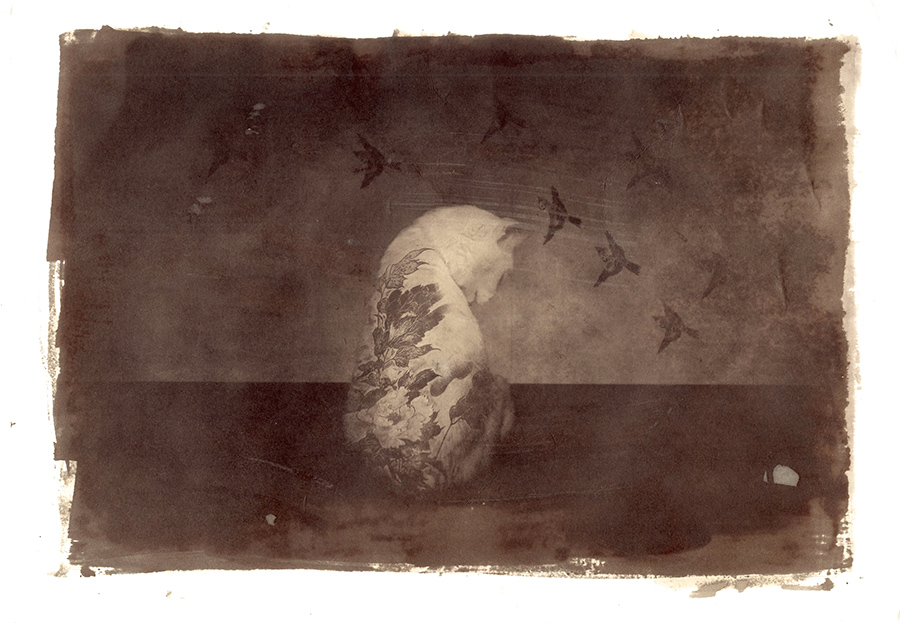
© Kumiko Motoki
‘While sitting on my lap, Chiro loved it when I read to her from I Am a Cat (by Natsume Soseki). You can tell Chiro’s a girl by the way she stops peeing when I try to photograph her going to the bathroom. She really hates that. When Yoko was in the hospital, Chiro waited by my side for her to return. It was just the two of us watching the western sky.’ These lines from Itoshino Chiro Chiro, My Love by Nobuyoshi Araki are just one of many examples illustrating the unique position occupied by cats in Japanese society.
From maneki-neko to Hello Kitty, the book A Cat, a Man and Two Women by Junichiro Tanizaki, and the cats of studio Ghibli, this animal is everywhere. This observation gave rise to the Neko Project—neko is Japanese for cat—a call for projects dedicated to ‘a series of very personal photographs on the topic of the cat, retaining a personal photographic language, style and technique.’ In June 2019, a book published by Iki Editions presented the 85 projects.
The initiative was launched by Sophie Cavaliero, an author who comes from the world of business and human resources and who is passionate about contemporary Japanese art. It examines the position occupied by cats in Japanese people’s everyday environment.
Metaphorical, ghosts or demons
‘In their own way, each photographer portrayed cats, an aspect of life, a special moment in our existence. They are in front of the camera, questioning us and making us think about our own contradictions and beliefs’, Sophie Cavaliero explains to Pen.
In Neko Project, the idea was not to compile photographs of cute or unusual cats in the manner of the famous ‘Grumpy Cat’, but rather to use these cats as the basis for a tale, a story. Thus, as Junro Okumura explains to accompany his series dedicated to Tokyo’s Shitamachi district—one of the few places where cats are not witnessing the disappearance of their urban territory—’In this neighbourhood, cats and men are important partners. In the prints of the floating world from the Edo period after the 17th century, it can be said without exaggerating that the silhouette of cats has always been part of the scenery printed in those art works.’
‘In Japan, as shown by the photographers who participated in Neko Project, we find this idea of independence, of freedom that fascinates the Japanese. They are impressed by cats’ ability to not pay attention to the scrutiny of others. What also struck me in their photographs is the designation of the inside cat and the outside cat… this is a highly symbolic separation in Japan and the interaction between these two notions can be metaphorical (in society or outside of society, for example)’, Sophie Cavaliero continues.
One of the photographers featured is Mika Horie, whose amusing and sensitive images have the unique characteristic of being printed on gampi paper—created after long trips to the mountains to gather the plant required to make it. Akiko Koshinuma decided to focus her work on the wild nature of cats, a side that is often forgotten. Kumiko Motoki’s series presents portraits of a cat overprinted with ukiyo-e works, interpreting everyday scenes from the Edo period to give a poetic result. Neko Project also presents the series Tsuru no ongaeshi by Iku Kageyama—the title inspired by a popular Japanese tale—in which the artist depicts a woman wearing a kimono, in a project that also aims to support the victims of the 2011 earthquake and tsunami. In these photographs, the model appears to adopt the attitude and posture of the feline.
Beyond offering traditional portraits of cats, the idea is to highlight that ‘cats are also a territorial animal that corresponds to the way many Japanese people live, and they also evoke fear in Japanese culture… They can be ghosts or demons, but not really in the sense of black cats belonging to witches. They are the nekomata’, Sophie Cavaliero explains. This vision corresponds to Tatsuya Ozawa’s project, in which the photographer decided to follow cats on their mysterious night-time wanderings in temples, in an environment where only the structures of the buildings and the cats’ shining pupils can be seen.
Neko Project (2019), a book of collective photographs, is published by Iki Editions. The series can be viewed on the Neko Project website.
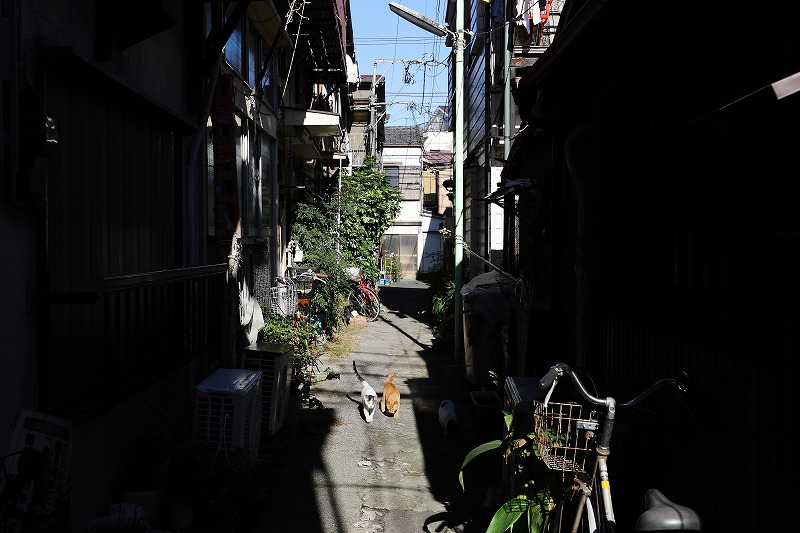
© Junro Okumura
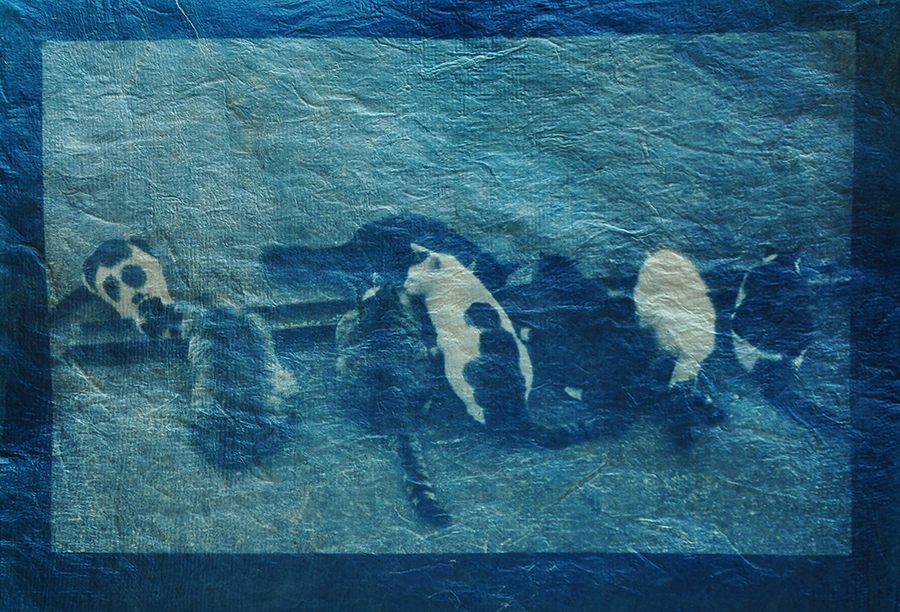
© Mika Horie
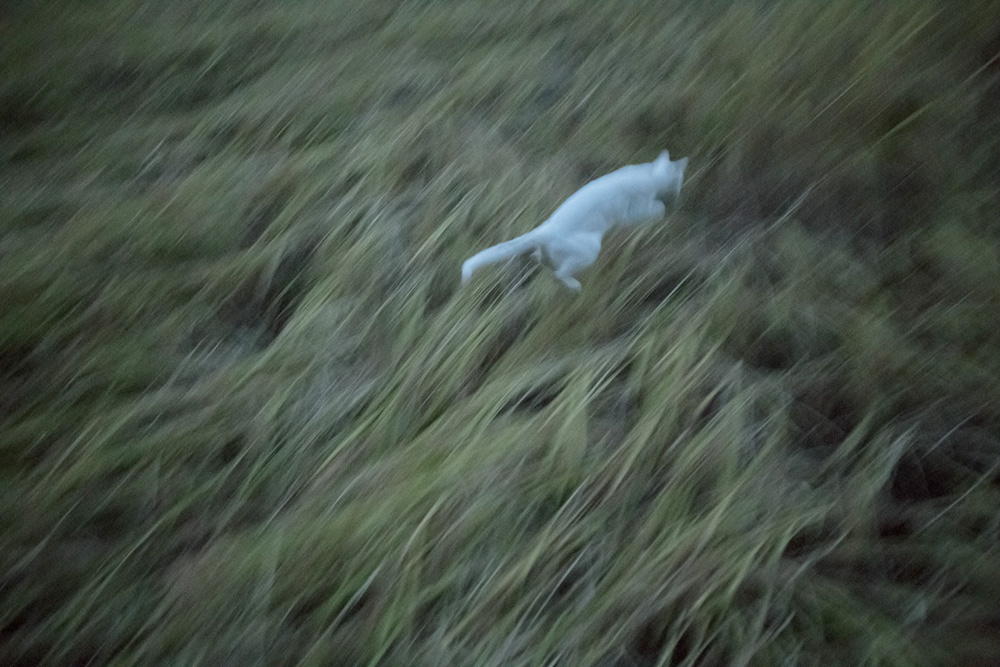
© Akiko Koshinuma
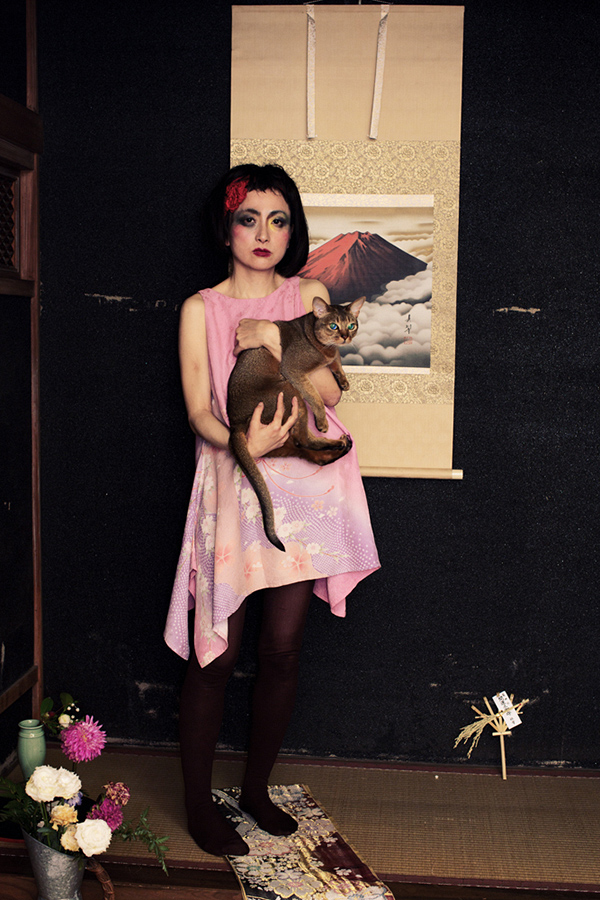
© Iku Kageyama
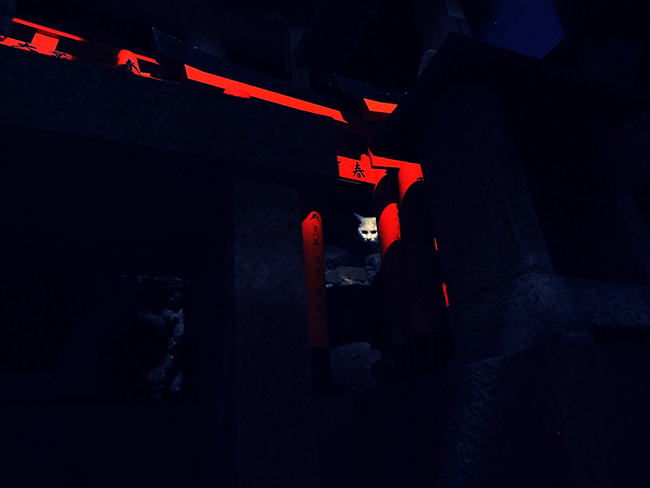
© Tatsuya Ozawa
TRENDING
-
Ishiuchi Miyako, A Singular Perspective on Women
Recipient of the 2024 Women in Motion Award, the photographer creates intimate portraits of women through the objects they left behind.

-
Recipe for Ichiraku Ramen from ‘Naruto’ by Danielle Baghernejad
Taken from the popular manga with the character of the same name who loves ramen, this dish is named after the hero's favourite restaurant.

-
Namio Harukawa, Master of Japanese SM Art
'Garden of Domina' offers a dive into the world of an icon of ‘oshiri’, whose work has now reached a global audience.

-
The Tattoos that Marked the Criminals of the Edo Period
Traditional tattoos were strong signifiers; murderers had head tattoos, while theft might result in an arm tattoo.

-
The Emperor of Japanese Porn is Now the Star of a Netflix Series
Deliciously funny, The Naked Director especially succeeds in reviving the atmosphere that was so characteristic of 1980s Japan.





